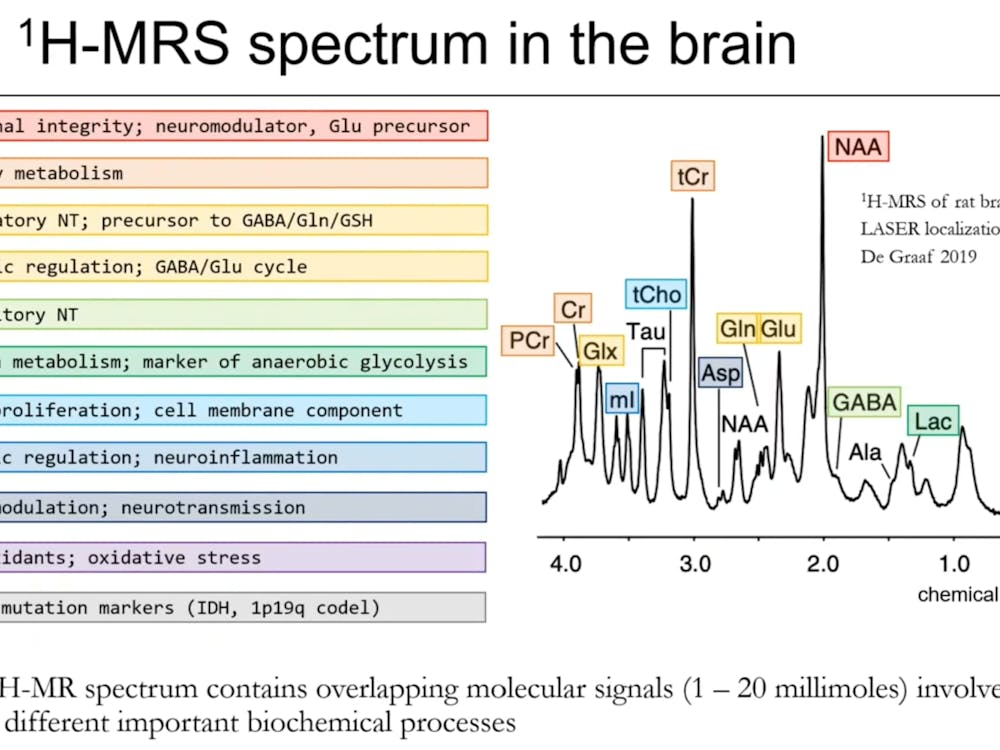The brain is an overwhelmingly complex structure comprised of diverse cell types. Understanding how each population of cells works will lead us toward a deeper insight into the biology of brain function.
A major step in that direction is to figure out ways to differentiate each cell type from another. A study recently published in Science by Amit Zeisel and colleagues from Sweden has uncovered novel classes of cells in the brain based on what genes they express. This work sets the foundation for future studies to further investigate cellular diversity of the brain and the functional contribution of each cell type to overall brain health and physiology.
Neurons can be classified based on similarities and differences in shape, location and electrical firing properties. They can also be grouped based on what genes they express. To study the heterogeneity of cells in the mouse brain, the study focused on two regions: the somatosensory cortex and the hippocampus. Whereas the somatosensory cortex is responsible for conscious perception of bodily sensation, such as touch, the hippocampus plays a significant role in learning and memory.
In the search for different cellular populations, the researchers relied on a technique called RNA-sequencing (RNA-seq). RNA-seq is a technology that allows scientists to look for differences in gene expression based on the RNA transcripts, which correlates with how much a gene is expressed. From the RNA-seq data, the researchers identified 47 types of cells based on the genes they express. These cells included special types of neurons and non-neuronal support cells such as astrocytes, star-shaped cells in the central nervous system, and microglia, cells that function as part of the immune system.
These findings have major implications in propelling progress toward understanding brain biology. The variety of genes expressed throughout various cells suggests a complex molecular network that functions in maintaining normal brain function. For instance, these genes could determine the type of stimulus needed to cause a change in neuronal response. In the somatosensory cortex, there is a “topographical map” in which every surface on the body is encoded by a specific population of neurons. It may be intriguing to examine how this map and gene expression are related. While such a map does not exist in the hippocampus, there are different types of memories that can be produced. It may be possible that neurons that express a certain gene will participate in the formation of one specific type of memory.
A major struggle in brain science is to figure out ways to identify specific populations of cells, since many share the same physical and molecular characteristics. With more genetic markers, it is now more feasible to deliver specialized molecular tools in well-defined populations of cells to assess how they contribute to overall brain physiology. For instance, we can use the diphtheria toxin to destroy cells of interest or even specialized ion channels to rapidly control their activity levels. We can also perform tracing experiments to determine how subpopulations of cells communicate with other nearby neurons in the same region or those that are located further away.
On the therapeutic front, certain brain diseases involve disruptions in small microcircuits. As a result, there needs to be a way to specifically deliver drugs or treatments to only small populations of cells without affecting nearby healthy neurons. This study provides additional genetic markers that clinicians can exploit to therapeutically target cells of interest. Additionally, we can also study how these networks of genes regulate brain function and how these interactions are perturbed by diseased conditions, opening newer and more innovative therapeutic avenues for treating brain diseases.




